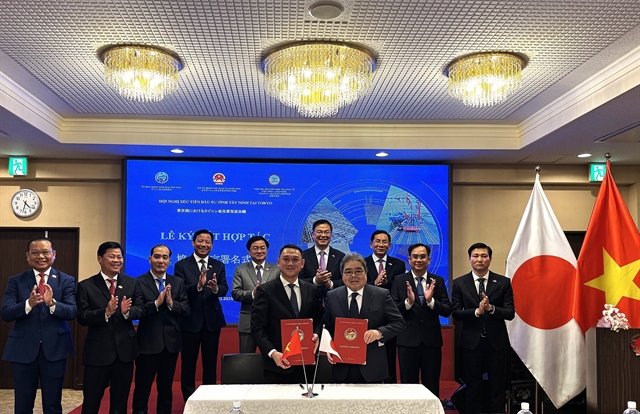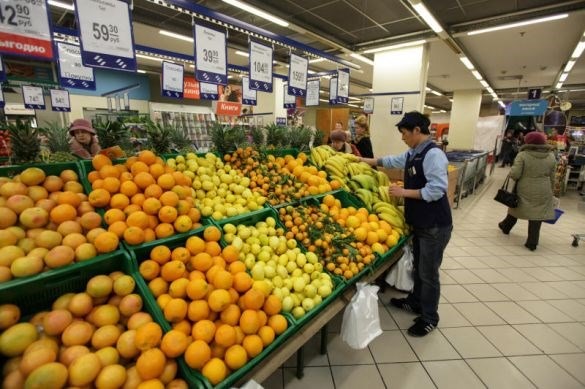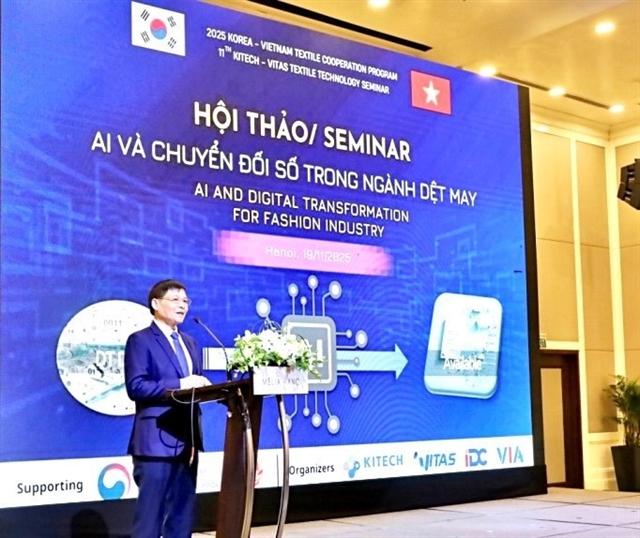 Economy
Economy

Việt Nam is Australia’s fastest growing ASEAN trading partner as a result of trade deals like ASEAN Australia New Zealand FTA and proposed ones like the Regional Comprehensive Economic Partnership and Trans-Pacific Partnership, HSBC has said in a recent report.
 |
| Australian orange is one of the most favourite fruit in Việt Nam. Việt Nam is Australia’s second smallest trading partner among the six ASEAN countries studied in the ASEAN Connected report, with bilateral trade standing at just over AUD10 billion (US$770 million) in 2015. — Photo infonet.vn |
HCM CITY - Việt Nam is Australia’s fastest growing ASEAN trading partner as a result of trade deals like ASEAN Australia New Zealand FTA and proposed ones like the Regional Comprehensive Economic Partnership and Trans-Pacific Partnership, HSBC has said in a recent report.
Việt Nam is Australia’s second smallest trading partner among the six ASEAN countries studied in the ASEAN Connected report, with bilateral trade standing at just over AUD10 billion (US$770 million) in 2015.
The other five countries are Singapore, Malaysia, the Philippines, Indonesia, and Thailand.
This is around a third of Australia’s trade with Singapore and half of the trade with Thailand and Malaysia.
But the relationship is rapidly growing, increasing by 12 per cent last year.
Australian companies can benefit from Việt Nam market access provided by AANZFTA, an agreement especially useful in Việt Nam’s case considering Australia lacks a bilateral FTA with the country.
Việt Nam is party to both the TPP and RCEP negotiations, and, as a developing country in need of numerous reforms, stands to be one of the biggest beneficiaries of further economic liberalisation through these initiatives. The AEC is likely to have a similar reform-boosting effect.
According to the report, Việt Nam’s rapid economic growth is creating a big opportunity for Australian education services, particularly in the tertiary and professional areas.
Australia is already the leading study destination for Vietnamese students, almost 30,000 of whom were enrolled in Australian institutions last year.
This makes Việt Nam the third largest source of overseas students for Australia after China and India. The education opportunity in Việt Nam is large, growing, and multi-faceted. Australia is in a strong position to capitalise on this, considering its well-known education strengths and expertise.
According to Australia’s Department of Foreign Affairs and Trade, education is currently Australia’s largest export to Việt Nam and a key component of the bilateral relationship.
The report, covering 83 mid-market Australian enterprises, finds that business success relies on an appropriate risk appetite, on-the-ground engagement and an ability to adapt to different business cultures.
“ASEAN is forecast to become the world’s fourth largest economy by 2050, so it is crucial for Australia to reinforce its competitive position in the region,” HSBC Australia CEO Tony Cripps said.
“New trade agreements and initiatives such as China’s Belt and Road Initiative provide a strong platform for more Australian companies to tap into ASEAN’s predicted growth.”
Export Council of Australia CEO Lisa McAuley said, “It is crucial for Australia’s future prosperity that we find ways to reinforce our competitive position in ASEAN, as the region becomes more interconnected and attracts more and more of the world’s best and brightest.”
Winfield Wong, head of wholesale banking, HSBC Vietnam, said, “There is positivity towards the AEC because it will allow local markets access to broader goods and services.
“You would also expect more investment, especially from developed countries like Korea, Japan, Thailand, Singapore and Hong Kong.
“We have seen more upscale production starting to move to Việt Nam. Some of the internationally well-known electronics firms are not just looking at manufacturing and chip plants, but also R&D centres, which are being set up this year.” — VNS




